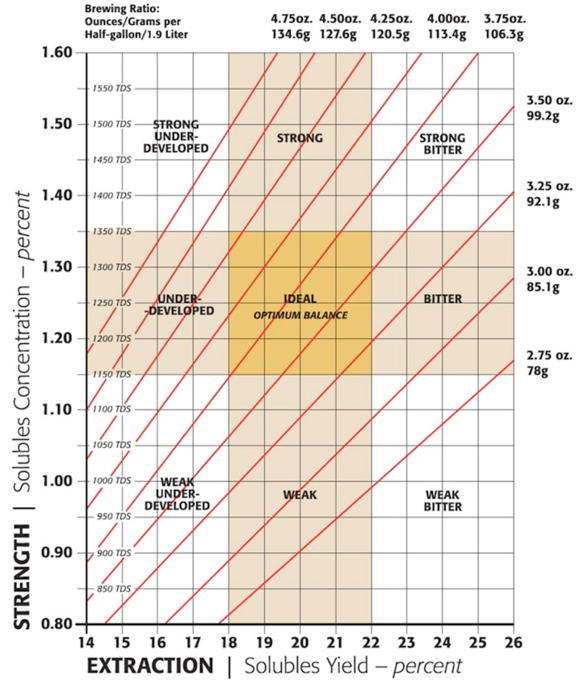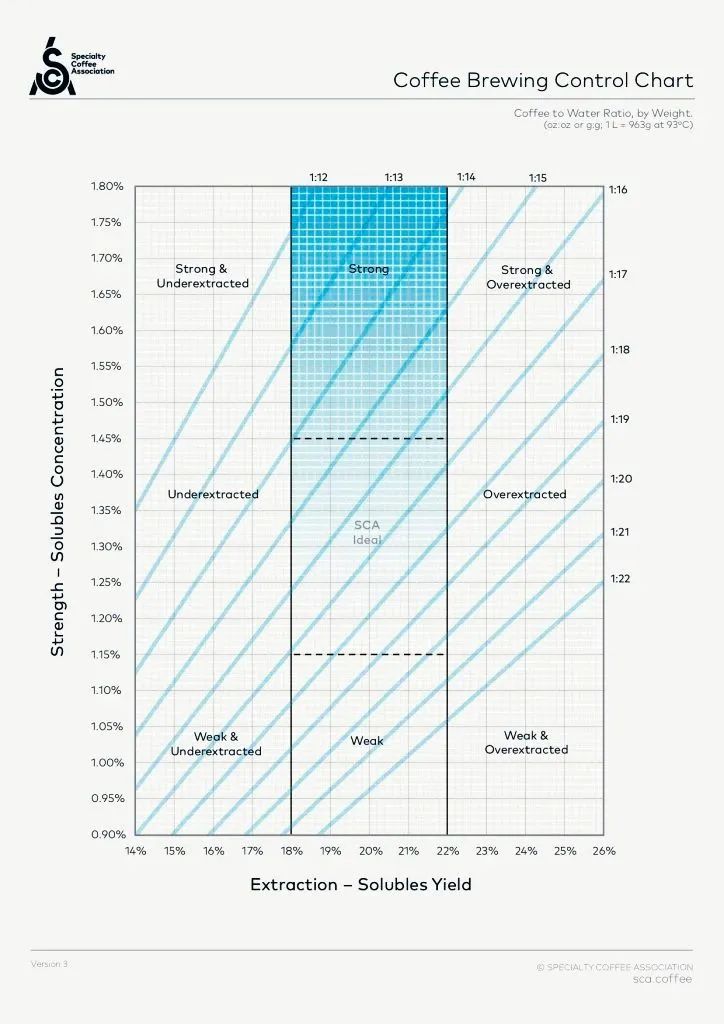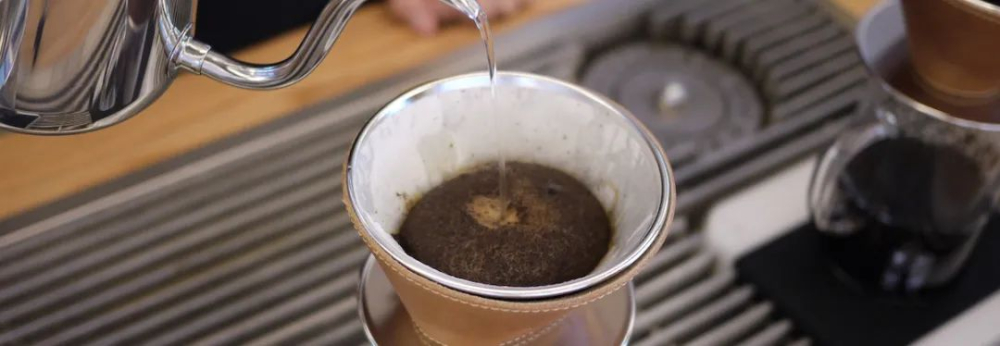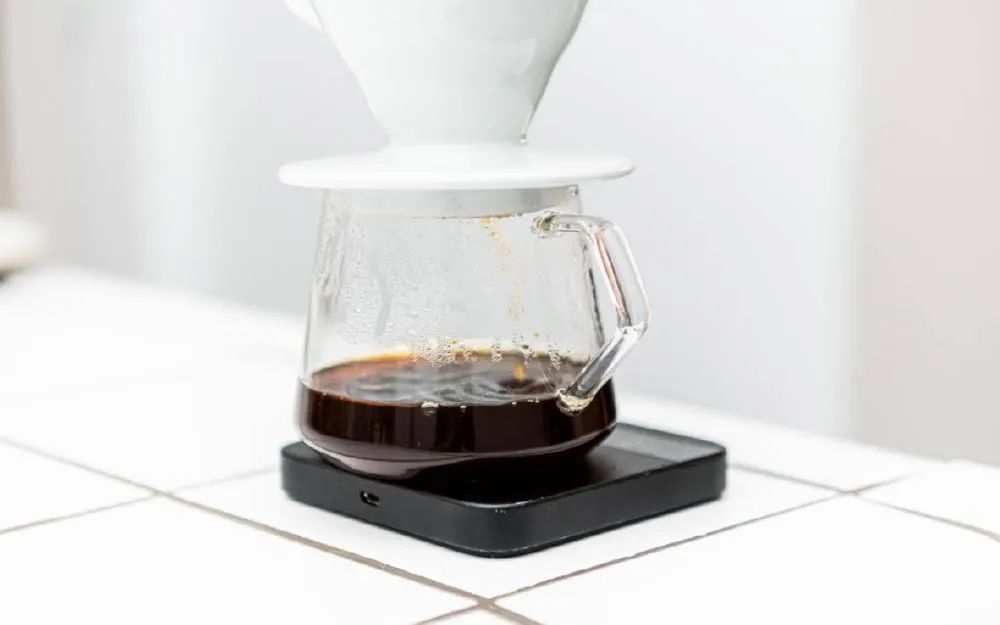Coffee gold cup extraction theory how to calculate the extraction rate of hand-brewed coffee the recommended ratio of hand-brewed coffee powder to water
Professional coffee knowledge exchange more coffee bean information please follow the coffee workshop (Wechat official account cafe_style)
For more boutique coffee beans, please add private Qianjie coffee on Wechat. WeChat account: qjcoffeex
A few days ago, the code clerk mentioned in a barista complaint that there was such a case:
"I'll have a cup of fruit and hand-made coffee."
(after the barista finished the extraction, the guest took out the TDS concentration meter, did not drink, and spooned a little to test the concentration.)
"the concentration of your cup of coffee is 1.37%! It has exceeded 1.15% Mel 1.35% in the gold cup extraction test of SCA. "
"I'm sorry, why don't you taste it first, and if you don't think it's appropriate, I'll make you a new drink."
"No! You're just unprofessional! This cup will be withdrawn directly, and I won't come next time! "
"."

With regard to the optimal value of gold cup extraction, it is believed that the information received by many partners is as follows: the ideal concentration of a cup of coffee is 1.15% Mel 1.35%, and the ideal extraction rate is 18% Mel 22%. But in fact, this is not the ideal concentration of SCA, but the ideal concentration of SCAA (American Fine Coffee Association).
Although the ideal extraction rate of the gold cup theory is 18% Rue 22% in the global standard, the European and American coffee associations have their own opinions on the problem of the ideal concentration range. The ideal concentration of SCAA is 1.15% Fine Coffee Association (1.35%), the ideal concentration of SCAE (European Fine Coffee Association) is 1.2%, and the ideal concentration of NCA (American National Coffee Association) is 1.3%. 1.55%.
But this ideal concentration range is based on the dissolved solids (TDS) and extraction rate published by Dr. Lockhart in the 1950s and 1960s as quantitative criteria for measuring coffee quality, and worked with several research institutions to draw a table for coffee brewing control, which will become a textbook for coffee extraction and gold cup theory in the coming decades.

However, with the continuous change of coffee quality and roasting preferences, some contents of the original gold cup extraction theory can no longer keep up with the development of advanced equipment, variable extraction techniques and flavor perception, so after the merger of SCAA and SCAE into SCA in 2017, the coffee brewing control table was adjusted together with the Coffee Research Center of the University of California, Davis, and a fine-tuned version of the coffee brewing control table was released in 2019.

The biggest difference between the two brewing control tables is that coffee other than the ideal value of the golden cup theory may also taste good! After fine-tuning, the upper limit of the ideal concentration has also been expanded, from 1.35% to 1.45%; the recommended ratio of cooking powder has also been increased from 1:15-1:20 to 1:14-1 Groupe 20; and the upper limit of tolerable concentration has also been raised from 1.6% to 1.8%. The definition of "suffering" has also been revised to over-extraction.
The revised form can improve the confusion of sensory description and coffee consumers' preferences. To put it simply, the old table's interpretation of concentration is a bit domineering. For example, when people drink a cup of coffee with a high bitter taste (regardless of whether they accept it or not), once it exceeds the ideal concentration, it will be directly defined as unpleasant bitterness.

Another situation is like the case at the beginning of the article. Can our senses tell the difference between 1.35% and 1.37%? However, because of the limitations of the published form, even if the senses do not feel the difference, it will be directly said that this is a cup of coffee with an unsatisfactory / bad concentration, ignoring what the real senses feel, and it is unfair to judge the coffee.
Although the table has been fine-tuned, there are still some problems that have not been solved, that is, people talk more about the concentration than the extraction rate when the coffee is good or not. When the coffee is not good, the first thing I can think of is that it is too strong! Or only talk about the extraction rate, not the concentration, for example, it is over-extracted!

In the follow-up study of SCA, it is found that the different flavor performance of coffee needs to deviate from the ideal range in order to have a good display. Nowadays, the flavor of coffee is getting richer and richer. When brewing, it follows the ideal extraction rate and concentration, and the final coffee flavor is not necessarily the best.
According to the joint research and analysis of Coffee Research Center and SCA, the unique flavor of different roasted coffee beans needs different extraction rates and concentrations lower / higher than the ideal range to show.
Sour, citrus, dried fruit flavor, often appear in the case of high concentration and low extraction. The strength of sour and citrus usually increases with the increase of concentration, but decreases with the increase of extraction rate. Proper high concentration and low extraction can improve the pleasant acidity of coffee; excessive high concentration and low extraction will lead to acidity. The flavor of tea, flowers and chocolate often appears in the case of low concentration and high extraction, while sweetness often appears in low concentration and low extraction.

But in the first version or fine-tuning version, no matter what the case, high concentration is strong, low concentration is light. However, some delightful flavors perform best at low concentrations, while those marked in the table are all "light", so teacher Han Huaizong said in the fourth wave of coffee boutique that the two forms might be misleading.
The golden cup extraction criterion is only a reference standard for boutique coffee, in order to reduce the controversy caused by differences in coffee concentration judgment among everyone. It is not necessary that coffee will taste good if it is 100% in the standard value, and coffee will not taste good with more / less TDS.

The meaning of drinking coffee should be to make yourself feel happy, happy and comfortable. I wish I liked it. Even if the concentration shown by the TDS instrument is not in the ideal range of the golden cup theory, as long as it tastes good, it tastes good! Don't drink coffee like a chemistry class, it doesn't need to be careful to pursue accurate values.
Photo Source: Internet
Important Notice :
前街咖啡 FrontStreet Coffee has moved to new addredd:
FrontStreet Coffee Address: 315,Donghua East Road,GuangZhou
Tel:020 38364473
- Prev

Naxue lost 250 million in half a year, and now investing in coffee brands is starting to save itself.
The fiery popularity of the new tea has fattened a number of suppliers, but left tea brands on the front lines. Nai Xue's tea, which has the title of "the first share of new tea", was highly expected on the eve of listing due to the successful landing of its peers. Since its listing, Naixue's tea has not been nourished as expected.
- Next

The Russian version of Starbucks is going to open its first overseas store?
Timur Yunusov, a Russian rapper, and AntonPinsky, a Russian entrepreneur, have not reopened all of the stores they took over from Starbucks. Today, Star Coffee is planning to expand its domestic operations in Russia.
Related
- Is espresso stored overnight in the refrigerator harmful to your body? Is frozen coffee better than freshly ground coffee?
- What parameters and proportions of water temperature should be used to grind and brew fresh coffee beans? Why can't I drink freshly roasted coffee right away?
- Customers have "changed" Manner's new products! Shop assistant: Please don't mess around!
- Remove sockets in customer areas at Starbucks stores?! Netizen: I won't go if I really tear it down
- What is the difference between the taste steps of sun-dried coffee and washed coffee? Why is sun-cured coffee sweeter and washed coffee sour?
- The recipe for salty grapefruit dirty is revealed! Coffee Festival salty grapefruit dirty coffee making materials parameters ratio milk share!
- How about the flavor of Sunlight 74158 at Sidamo Banshaha Mathieu Processing Factory in Ethiopia? 74158 Share the proportion of coffee brewing parameters!
- What effect does Italian American coffee with filter paper have? Will coffee taste better if it is put on filter paper at the bottom of the powder bowl?
- What is the color difference in coffee beans? What are the characteristics of honey processed coffee beans? Why are the anaerobically treated coffee beans uneven in color?
- How does novice Xiaobai quickly get started and make coffee? Newbies learn to make coffee by hand and share the specific steps and process process!

